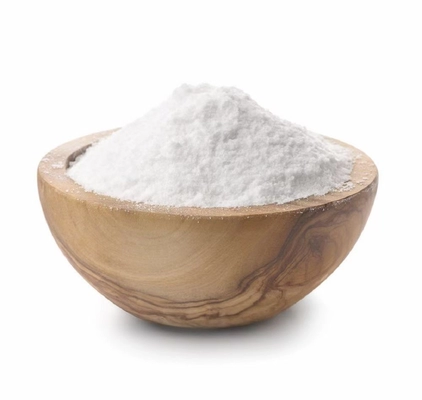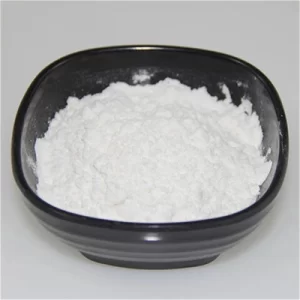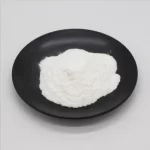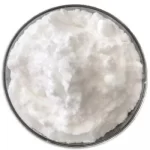Description
Megestrol Acetate Pregnancy Medicine CAS 595-33-5
Description
| Cas: | 595-33-5 | MF: | C24H32O4 |
|---|---|---|---|
| MW: | 384.51 | EINECS No.: | 209-864-5 |
| Boiling Point: | 431.17°C (rough Estimate) | Melting Point: | 214°C |
| Density: | 1.0474 (rough Estimate) | Storage: | Sealed In Dry,Room Temperature |
| High Light: |
Megestrol Acetate Pregnancy Medicine, CAS 595-33-5 Megestrol Acetate |
||
Megestrol Acetate CAS 595-33-5 High Quality Hot Sale Pregnancy Medicine
Product introduction
| Product name | Megestrol Acetate |
| CAS No. | 595-33-5 |
| MF | C24H32O4 |
| MW | 384.51 |
| EINECS No. | 209-864-5 |
| Density | 1.0474 (rough estimate) |
| Boiling Point | 431.17°C (rough estimate) |
| Melting Point | 214°C |
Description:
It is a progestogen, a synthetic variant of human progesterone, and a potent progesterone receptor agonist.Megestrol is a 17α-hydroxyprogesterone derivative and is a highly efficient synthetic progesterone. Its progesterone effect is about 75 times that of progesterone when taken orally, and about 50 times that of progesterone when injected. This product has obvious anti-estrogenic effect, has no estrogenic or androgenic activity, and has no protein assimilation effect. It can inhibit the release of gonadotropin-releasing hormone (GnRH) in the hypothalamus, and act on the adenohypophysis, reducing its sensitivity to GnRH, thereby blocking the release of pituitary gonadotropins and producing significant ovulation inhibition, so it is similar to ethinyl estradiol. Combined use as a short-acting contraceptive. This product can also thicken cervical mucus when used alone in larger doses, which is not conducive to the passage of sperm, and inhibits the normal development of endometrial glands and prevents the implantation of fertilized eggs.
In addition, this product has a certain inhibitory effect on hormone-dependent tumors, and the mechanism may be through the effect on the secretion of pituitary gonadotropin (FSH), controlling the development and growth of ovarian follicles, thereby reducing the production of estrogen; It can act on the estrogen receptor, interfere with its binding to estrogen, and inhibit the growth of tumor cells.
Uses:
Mainly used for short-acting oral contraceptives, but also for intramuscular injections of long-acting contraceptives. It is also used to treat dysmenorrhea, amenorrhea, functional uterine bleeding, endometriosis and endometrial adenocarcinoma. Due to its antiestrogenic activity, it has also recently been used in the palliative treatment of breast cancer.
Side Effects:
A few have dizziness, nausea, vomiting, and occasional irregular bleeding.









